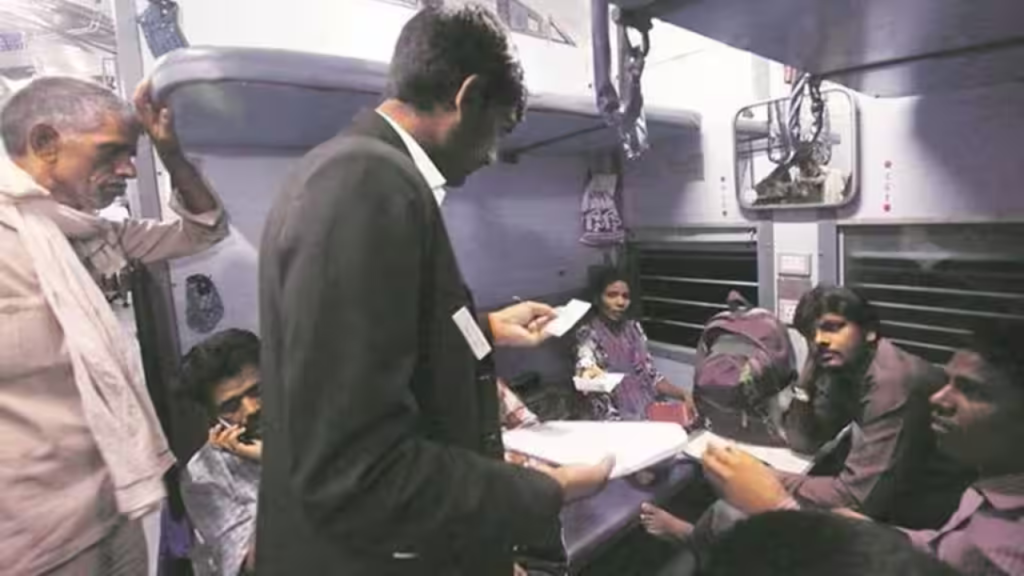
In a commendable move towards fostering inclusivity, the government has unveiled draft guidelines aimed at significantly improving accessibility for specially-abled individuals in railway stations and trains. The Department of People with Disabilities (PwDs) has initiated this stride, emphasizing the integration of technology-driven features such as text-to-speech and user-friendly pictograms.
The proposed guidelines invite public engagement, urging stakeholders to provide feedback, comments, objections, or suggestions until January 29, 2024. This collaborative approach highlights the government’s commitment to ensuring that the voices of those directly affected are heard and considered.
Embracing Digital Solutions
One of the core principles outlined in the draft guidelines is the development of dedicated website features catering specifically to ‘divyangjans’ or specially-abled individuals. The objective is to create a flexible and accessible interface design that adheres to universal design principles and guidelines set by the World Wide Web Consortium.
A noteworthy addition to the accessibility toolkit is a dedicated mobile app and a one-click template designed for people with disabilities. This tool promises to deliver comprehensive information about facilities available at stations and in trains. By incorporating universal design principles and technology-enabled features, the government aims to bridge the accessibility gap and empower individuals with disabilities.
Inclusive Communication Strategies
The guidelines underscore the importance of credible announcements integrated into public announcement systems at train stations and platforms. These announcements are set to include sign language, captioning, and digital displays to cater to a diverse range of communication needs. To further enhance inclusivity, standardized illuminated signage featuring Braille is proposed.
To ensure that information is universally accessible, frontline staff will undergo training in sign language. Additionally, low-height ticket counters with accessibility signage and accessible help booths are part of the plan, reinforcing the commitment to making every point of interaction accessible for everyone.
Physical Infrastructure for Universal Access
Addressing the physical aspects of accessibility, the guidelines propose several measures. Accessible entry and exit points, ramps, handrails, and designated parking areas with clear signage are emphasized. These measures are crucial in creating a seamless experience for individuals with disabilities.
Furthermore, the guidelines call for unobstructed zones on platforms, tactile guiding blocks, and the provision of accessible toilets, drinking water booths, and foot-over bridges. The integration of accessible lifts at platforms and well-coordinated lighting systems are crucial steps in ensuring a safe and accessible environment for all.
Innovations in Train Coaches
The draft guidelines extend their scope to new train coaches, envisioning an inclusive design that incorporates accessible features. This includes prominent signage, Braille coach numbers, and contrasting colors for exteriors to aid visually impaired individuals. The interiors of the coaches are not overlooked, with provisions for accessible toilets and seating arrangements that prioritize the comfort and needs of passengers with disabilities.
Continuous Improvement through Public Engagement
The proposed guidelines reinforce the importance of the existing system of station inspections by multi-disciplinary committees. To actively engage the public in improving accessibility standards, feedback mechanisms through complaint books, websites, and mobile apps will be introduced. This approach seeks to make the process of refining accessibility an ongoing, collaborative effort.
In conclusion, the government’s draft guidelines represent a monumental leap towards a more inclusive and accessible railway system. By incorporating technology, communication strategies, and physical infrastructure improvements, these guidelines set a precedent for creating an environment where everyone, regardless of their abilities, can navigate the railway system with ease and dignity. The collaborative nature of seeking public input underscores the commitment to leaving no one behind, making railways a mode of transportation truly accessible to all.
